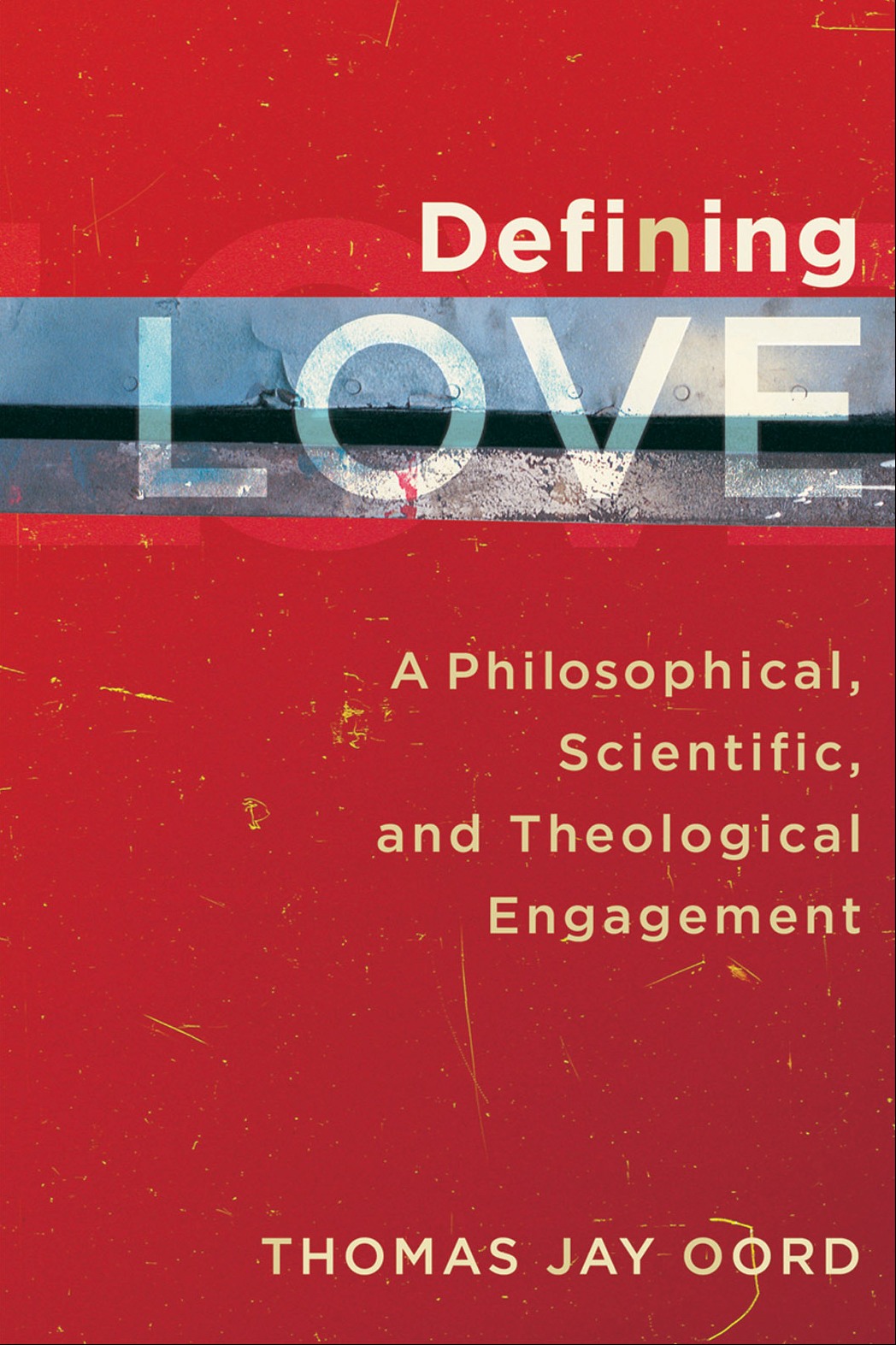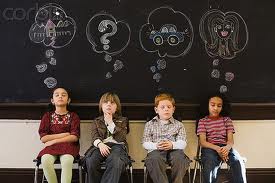Relations and Measuring Love
Some time ago, I posted blogs on the idea that love can be measured. In one blog, I defined love; in a second, I talked about the role of intentions. Now I turn to the role that relations play in measuring love.
My definition of love says we love when we act intentionally, in sympathetic/empathetic response to others (including God), to promote overall well-being.
As my definition states, I think our relation to God plays a key role in our sympathetic/empathetic response. With the Apostle John, I believe we love because God first loves us (1 John 4:19).
Explaining the nuances of how I think God empowers creaturely love is a project I’ve worked on in several books. In this blog, therefore, I’ll set aside specifics about relations with God and focus on how a lover’s relations with other creatures is important for measuring love. I’ll come back to theological issues in a subsequent post.
Sympathetic/empathetic response
I use both empathy and sympathy in my definition, because academic disciplines define the words differently. In philosophy, “sympathy” means to “feel with.” It has a mostly positive meaning. But in psychology, “sympathy” is often equated with pity. It has a more negative connotation, and psychologists often use “empathy” to describe what philosophers mean by “sympathy.”
The response I believe love requires involves our being affected by others. What others do matters. This influence shapes who we are and how we act, but it doesn’t entirely determine it.
To use philosophical words: we are internally related to others, not merely externally related to them. In our interrelated universe, others genuinely affect who we are in each moment.
Research on creaturely love may focus on relations with others.
If love involves sympathetic/empathetic responses to others, some research projects on love must explore the stimuli, conditions, and constraints others place on an actor’s love. These relations exert causal influence on those who love. Science is best known for attempting to account for particular cause-and-effect relations in existence.
The kinds of relations and their causes vary widely. Some of the most interesting love research explores how these relations shape or hinder expressions of love. I will note three general types: societal, interpersonal, and bodily.
Societal relations
From ancient days, humans have believed the wider social environment and broad communal relations influence our capacities and opportunities to promote well-being. Measuring this belief proves difficult. When the multiplicity of possible causes expands so widely as to include a whole society, researchers have difficulty identifying primary influences for or against love.
 The notion that societies encourage altruism has been given special emphasis in the group selection theory of evolutionary sociobiology. In their book, Unto Others: The Evolution and Psychology of Unselfish Behavior, biologist David Sloan Wilson and philosopher Elliott Sober argue that evidence shows groups of altruists can outcompete groups of egoists.
The notion that societies encourage altruism has been given special emphasis in the group selection theory of evolutionary sociobiology. In their book, Unto Others: The Evolution and Psychology of Unselfish Behavior, biologist David Sloan Wilson and philosopher Elliott Sober argue that evidence shows groups of altruists can outcompete groups of egoists.
Group-selection theory, says Wilson and Sober, has been an important force in evolution. “Altruism can evolve to the extent that altruists and non-altruists become concentrated in different groups,” they report. Groups of altruists can survive and thrive better than groups comprised of selfish types. The authors provide data in the biological and anthropological sciences to substantiate group-selection theory. They conclude, “the concept of human groups as adaptive units may be supported not only by evolutionary theory but by the bulk of empirical information on human social groups in all cultures around the world.”
Others pursue research on the causal influence of society for love. Stacy L. Smith and Sandi W. Smith examined altruistically loving acts portrayed on television. They randomly selec ted and taped TV content for about three months, using a definition of altruism as “a voluntary intentional action – independent of motive – that benefits others beyond simple socio-ability or duties associated with a role.” The two primary actions deemed loving were helping and sharing.
ted and taped TV content for about three months, using a definition of altruism as “a voluntary intentional action – independent of motive – that benefits others beyond simple socio-ability or duties associated with a role.” The two primary actions deemed loving were helping and sharing.
Smith and Smith found that 72% of all programs they observed featured at least one instance of altruism. Most altruistic acts were toward friends (32%) and acquaintances (21%). The researchers concluded that some forms of altruism are important ingredients in the narrative structure of television programming. They believe their work is important, because “a social cognitive or socialization approach [to altruism] suggests that such portrayals may have a positive impact on viewer’s propensity to help or share.”
Interpersonal relations
The kinds of relations we have with family, friends, and coworkers make a difference in our ability to love. These relations and their causal influence also affect the forms love takes. Intimate causal relations begin in the mother’s womb and continue throughout a lifetime. Not surprisingly, the nature of interpersonal relations provides important scientific research data about a subject’s capacity to love and the forms love takes.
A whole realm of psychology called “attachment theory” offers insights into the capacity for giving and receiving love based on interpersonal relations. John Bowlby and Mary Ainsworth were pioneers in empirical research suggesting the relationship an infant enjoyed with its mother (or significant caregiver) greatly influences that child’s love for others. A child’s attachment system naturally elicits a positive mental representation of those who protect it. When the system functions well, individuals feel relaxed, confident, and will more likely care for self and others.
Today, developmental psychologists employ attachment theory in their research on relationships at all stages of life. For example, Mario Mikulincer and Philip Shaver find in their studies that those who feel a proper sense of attachment are more likely to act compassionately than those who do not have a secure attachment. “Our findings indicate,” say Mikulincer and Shaver, “that the attachment behavior system affects the caregiving system, making it likely that heigh tening security will yield benefits in the realm of compassionate altruistic behavior.”
tening security will yield benefits in the realm of compassionate altruistic behavior.”
The research of Samuel and Pearl Oliner on the parental influence of those who rescued Jews during the period of Nazi rule illustrates well scientific work on how interpersonal relations influence love. Using interviews of rescuers and nonrescuers, Oliner identified various factors influencing those who rescued Jews in Nazi Europe and those who did not. From these interviews, the Oliners constructed composite portrait of both types. They found that “close family relationships in which parents model caring behavior and communicate caring values” were typical of those who rescued Jews. Parents of rescuers set “high standards that they expect their children to meet, particularly with regard to caring for others.”
George Valliant’s work serves as a final example of the causal role interpersonal relations might play for research on love. Valliant followed the lives of 456 inner-city men whose lives had been characterized by extreme difficulty. He found that by the time the men reached their middle fifties, the nine men who led the most generative and self-giving lives said the greatest factor in their now positive lives was a loving marriage. This suggests that positive interpersonal relationships in marriage encourage men to promote well-being.
Bodily relations and constraints
Lovers are embodied beings. As such, their relations within their own bodies influence what kind of loving activity is possible. Bodies and the entities that comprise bodies provide both tools for loving and constraints to love. Research on this causal influence is important.
Nancy Eisenberg does research on pro-social behavior in children. Eisenberg cites one study of 6-month-olds that revealed about half of those examined responded to distressed peers with actions indicating empathy. This evidence suggests that even at an early age, humans are hardwired to respond to those in their environment. But the apparently involuntary response of children to other’s distress decreases through childhood. “Because preschool children are better able than younger children to take the perspective of others,” says Eisenberg, “they are more motivated and better able to pinpoint the source of another’s distress and to help in ways that are appropriate to the other’s need.”
Much of the neuroscience research on love pertains to exploring the necessary neural requirements for complex forms of love. For instance, neurologists Antonio and Hanna Damasio document a number of contemporary cases in which the neocortical neurons necessary for empathy are destroyed or rendered dysfunctional from brain damage. In one research project, the team studied thirteen adult patients who experienced prefrontal cortex damage. The wife of one patient with brain damage testifies that her husband was caring and affectionate prior to his brain alteration. After it, however, her husband reacted with indifference when she became upset or distressed. Despite the fact that his verbal and performance IQ scores ranked in the high 90th percentiles, the husband lacked empathy.
with indifference when she became upset or distressed. Despite the fact that his verbal and performance IQ scores ranked in the high 90th percentiles, the husband lacked empathy.
Adults in the study with damaged frontal lobes could not employ social and emotional facts to respond sympathetically. “Without the prefrontal cortex,” Hanna Damasio says, “empathy, along with other adaptive social behaviors, becomes impaired.” Various regions of our brains may influence our capacity to empathize well with others, but these studies show that the neocortex is especially important for some forms of empathy.
Conclusion
I could city many, many other examples of love research projects that explore relations. I have not even touched on the power of relations among those in the Church, for instance. But we are related to so many others – both outside our skins and the various entities inside our skins – that accounting for all of the ways relations affect love would be impossible. Much research is needed!
I want to conclude this blog on love research pertaining to bodily and environmental relations and their causal influence by reiterating what I said in my conclusion to studying the general domain motives and intentions. Just as explanatory certainty is not possible through research on motives, so explanatory certainty is not possible through studies of causal relations with others, whether those relations be social, interpersonal, or bodily. Scientists are rarely if ever capable of isolating causes sufficiently to know with absolute certainty that any particular cause played the primary role in producing a result.
It seems unlikely that one cause is ever the full and sufficient cause for any result. For this reason, humility is required in scientific research. Scientists would be wise to heed the Apostle Paul’s words: “We know in part.” And yet scientists can argue for the greater plausibility of some explanations compared with others based on their research.
Research on our varied relations proves important for measuring love. My hope is that greater funding can be secured to help us all explore the constraints and opportunities our relations have for expressing love.

Comments
Very good!
In the section on societies I was not surprised to learn that the altruistic and egocentric communities tend toward separation one from the other. I was surprised to learn that altruistic communities out-compete their more egocentric rivals. This seems to fly in the face of those “philosophers” such as Ayn Rand and other proponents of corporate capitalism. When I look to the Bible and at the communities that God forms, i.e., Israel and the church, I see that He encourages altruism. In the case of Israel it seems as though altruism becomes codified in the Law. With the church is seems to flow from the love of God poured out into the early believers. When I look at these faith communities and the evidence of the researchers you cite concerning altruism I cannot help but think that this is how we were created and what we need to get back to.